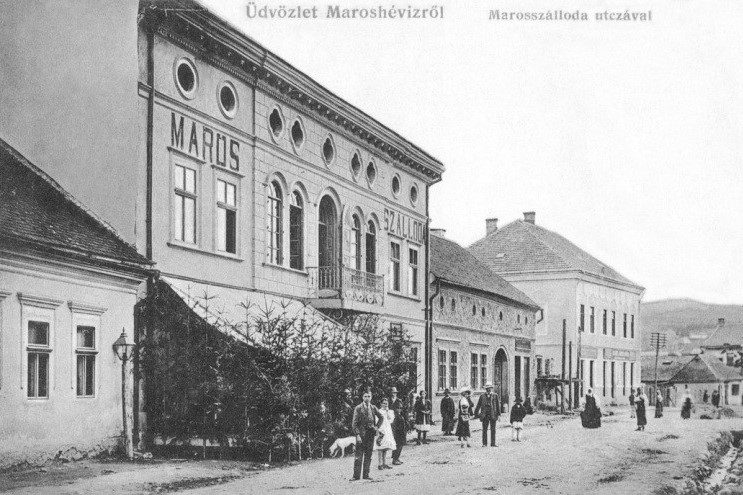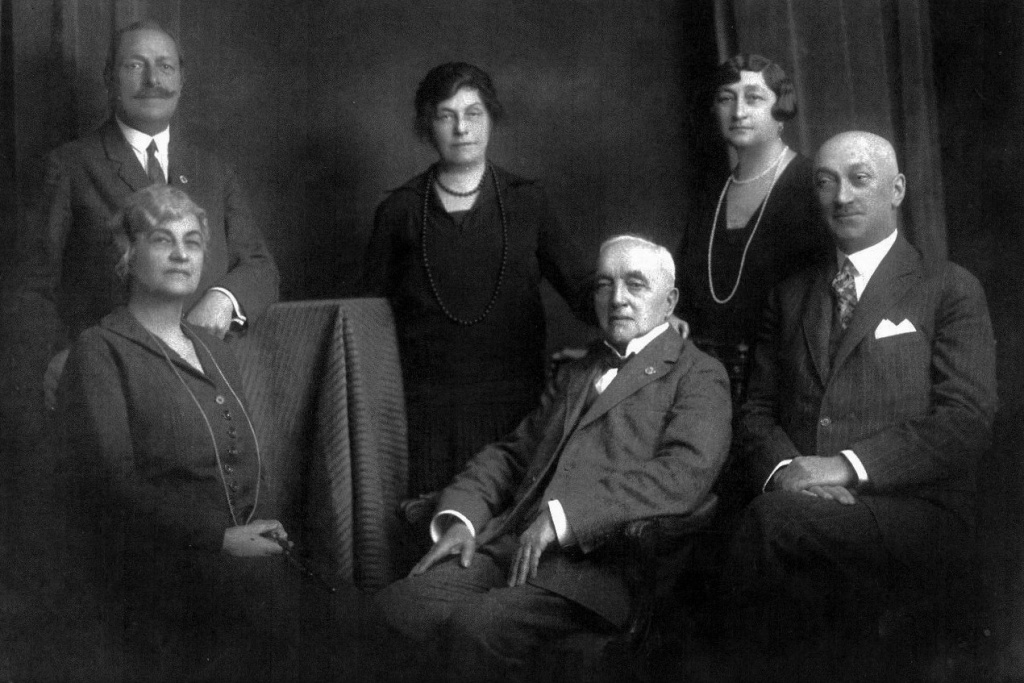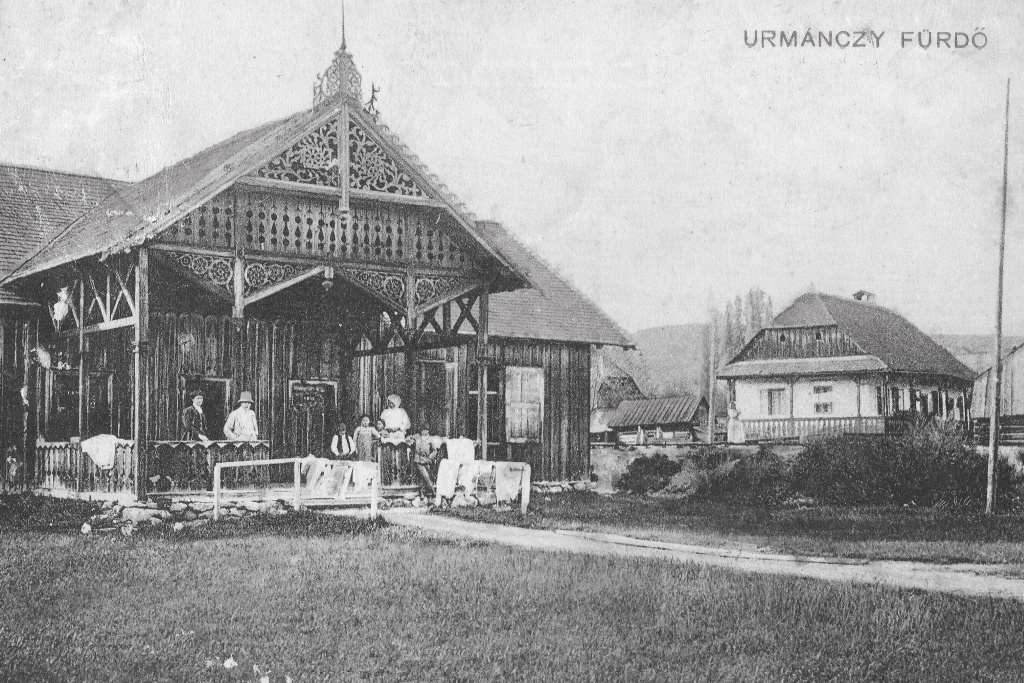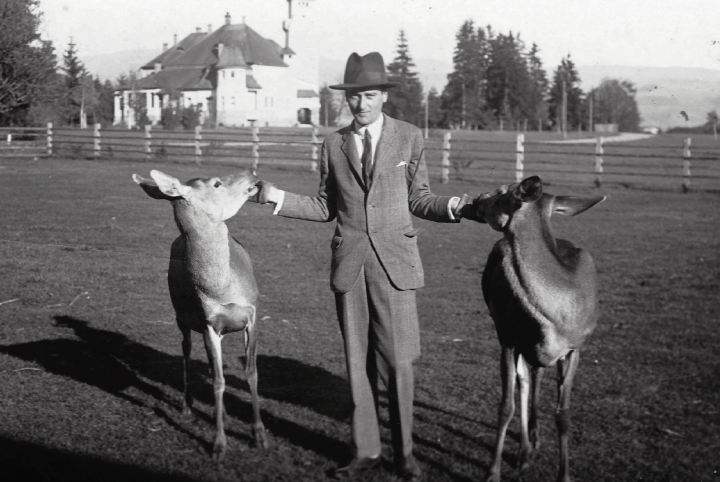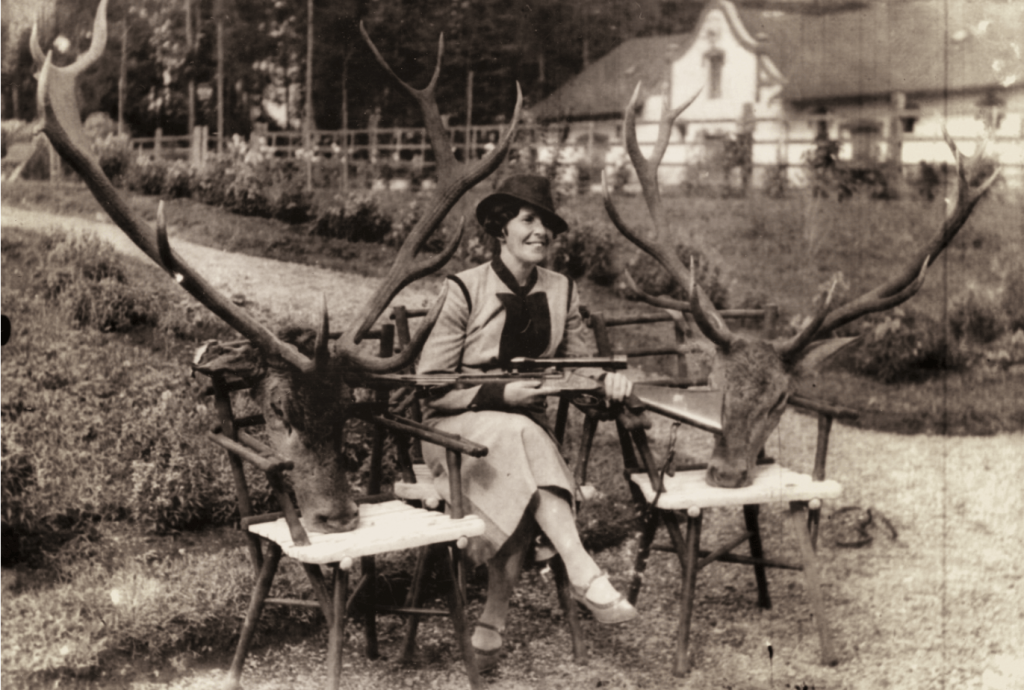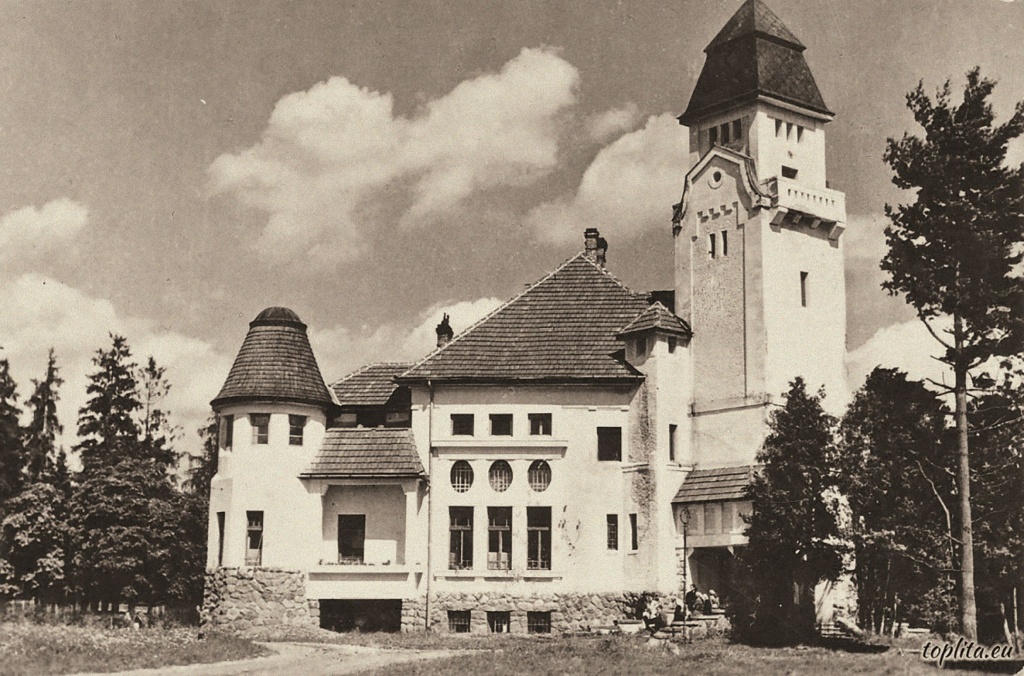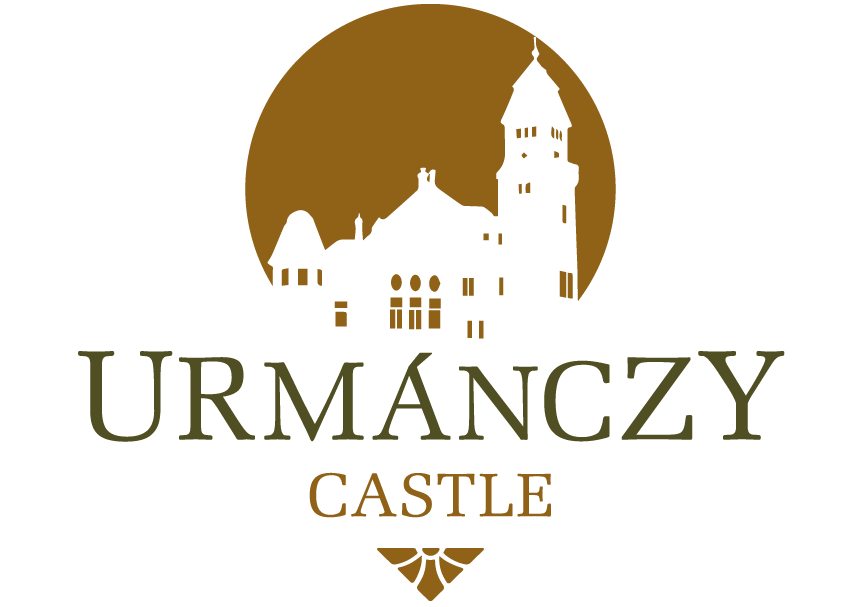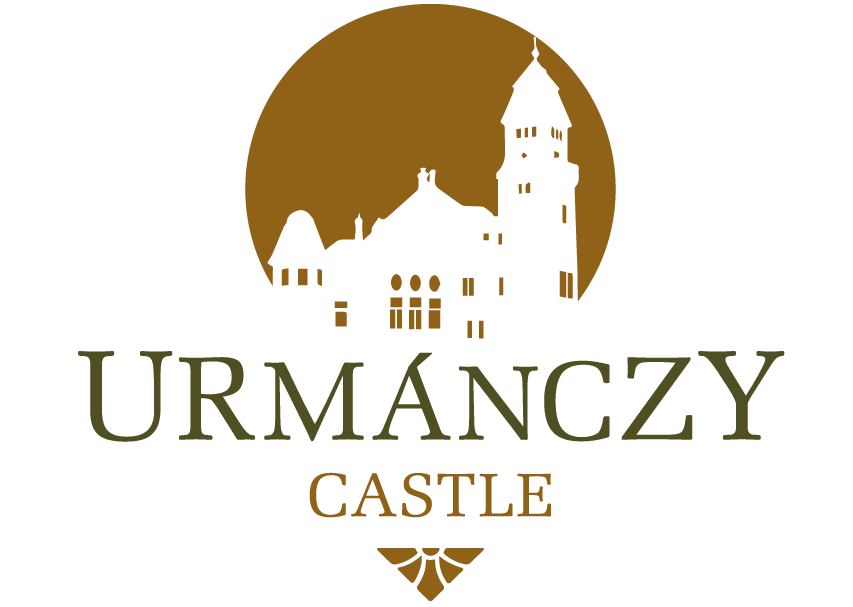The Urmánczy Family
The history of the Urmánczy family is full of elements that could have been inspired by an adventure novel. The family name is believed to be taken from a salt lake, Urmia, in Iran, once the Persian Empire, where this family of Armenian origin took refuge from the attacks of the Seljuk Turks. Their journey to Transylvania was a long one, as is the case with other Transylvanian Armenian families. First, they moved to Moldova, where evidence of the family can be found especially in the city of Roman.
In the 17th century they lived in the Ukrainian city of Lviv (Lemberg), which was then part of Poland. Here they were elevated to the rank of baron.
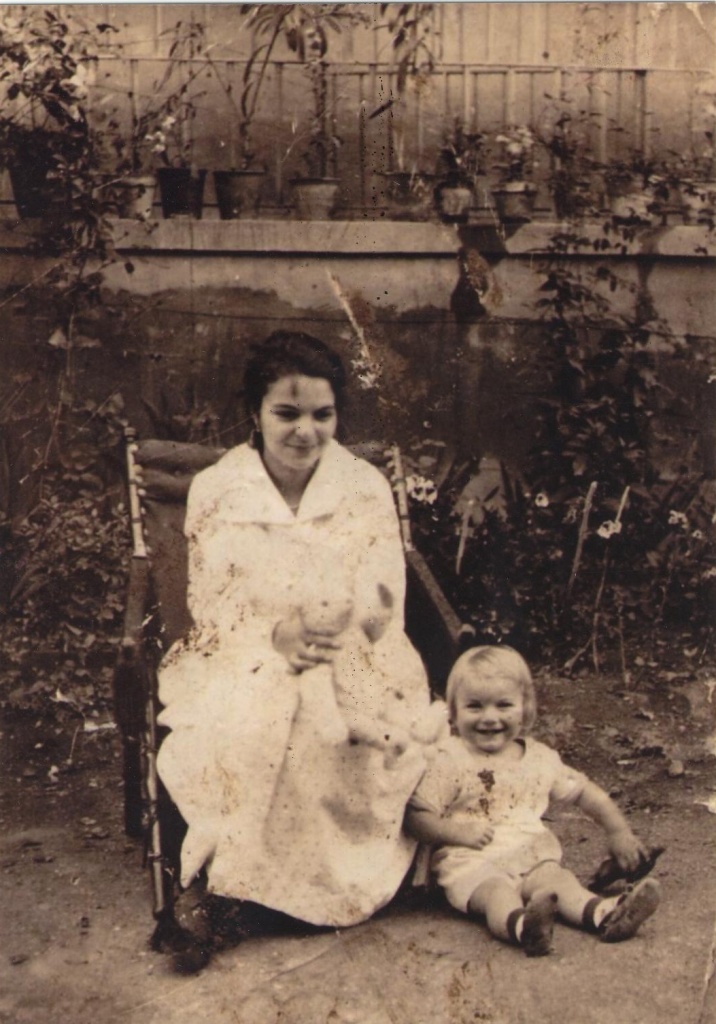
It was between 1668 and 1672 that the family finally moved to Transylvania, with the head of the family, János Urmánczy (1805-1876), settling in Toplița between 1830 and 1836. At first active in the retail trade, the Urmánczys later purchased forests around the settlement and their main income came from selling and transporting wood on the Mureș River.
Over time, family members built and bought several buildings in Toplița. The most important of these was the row of Urmánczy houses in the centre of the settlement. The central element was a one-story house, the so-called "palace", which the family built in the romantic style in 1872, with a park that stretched as far as the Mureș River.
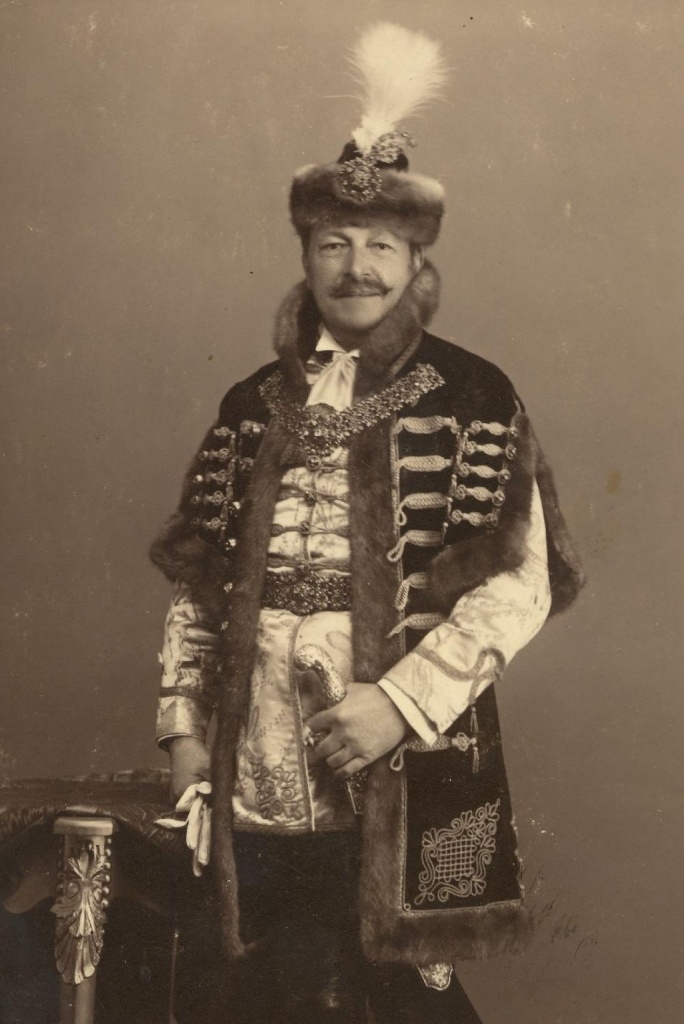
Sometime around 1870, the Urmánczy family bought a thermal bath from the Lázár family. A cozy park with promenades linked the Urmánczy Baths and the family properties in the centre of Toplița. It was between 1903 and 1906 that Jeromos Urmánczy built Urmánczy Castle from money received for the expropriation of the lands through which the new railway passed. The old family house in the city centre was transformed into a hotel, originally named László, and later, Maros. On the ground floor of the hotel were various shops, and the very first theatre and library in Toplița were established there also.
The Urmánczy family were benefactors of many causes in the area. In 1865, at the initiative of János Urmánczy, the construction of a new Catholic stone church was begun, while his daughter, Janka Urmánczy, and her husband, Éltető Albert, were donors to the Reformed church built on the land of the Bánffy family. In 1895, János' son, Nándor Urmánczy, later a parliamentarian in Budapest, founded the first occasional local newspaper, Topliczai Híradó, and a year later founded a school on his own land and at his own expense. The establishment and operation of the local theatre company is related to a third child, daughter, Ilona Urmánczy, while an old house of the Urmánczy family served as a Red Cross hospital between 1914-1944, and the family also built the first tennis grounds and football field in the locality.
The destruction of Urmánczy Castle and the surrounding estate began with the First World War, when the Urmánczy houses in the centre of the settlement burned down. In the fall of 1944, during the Second World War, Toplița was bombed by the Soviet Air Force. When the family returned, they found that the castle had been completely gutted. With the nationalization of all property under the newly minted communist regime, the lands and buildings of the Urmánczys were confiscated and the builder of the castle and his sons were placed under forced residence in Târgu Mureș. Those Urmánczy descendants who still live in Toplița today were relocated from Reghin to a small house of the former servants. In 2008/2009, the castle and the former Urmánczy baths were returned to the descendants of the Urmánczy family, the legal heirs. The baths were reopened in the same year and in 2017 the heirs founded the Positive Transylvania Association.
